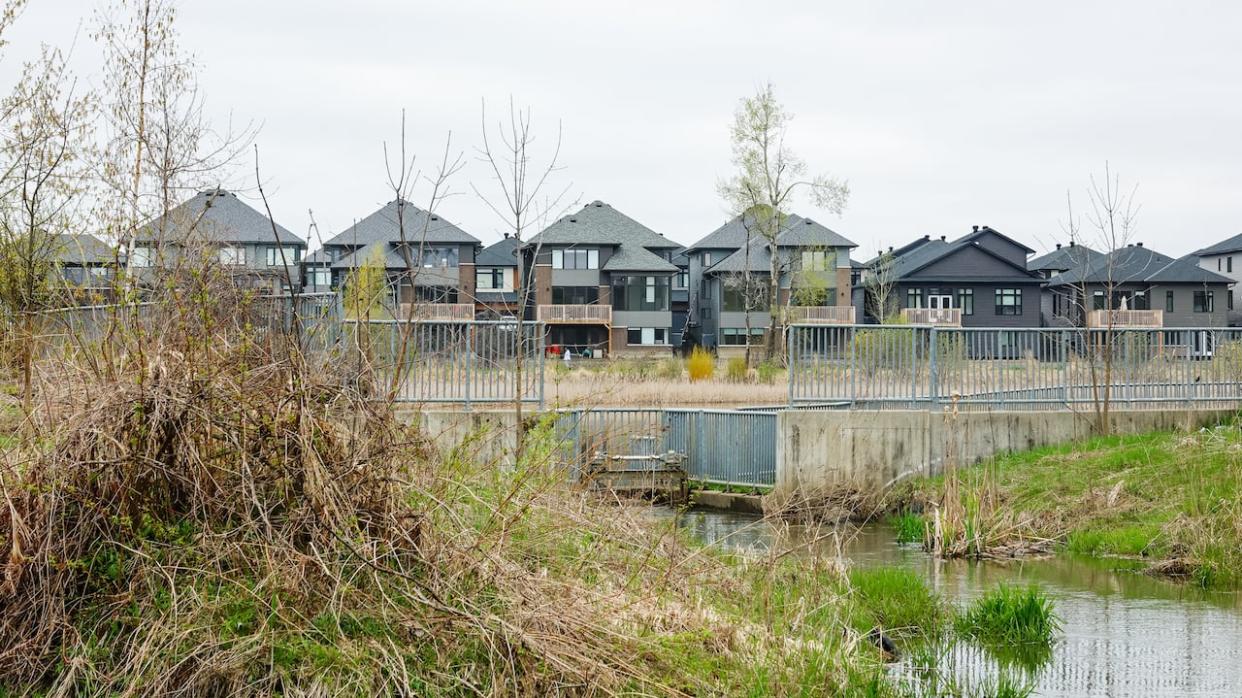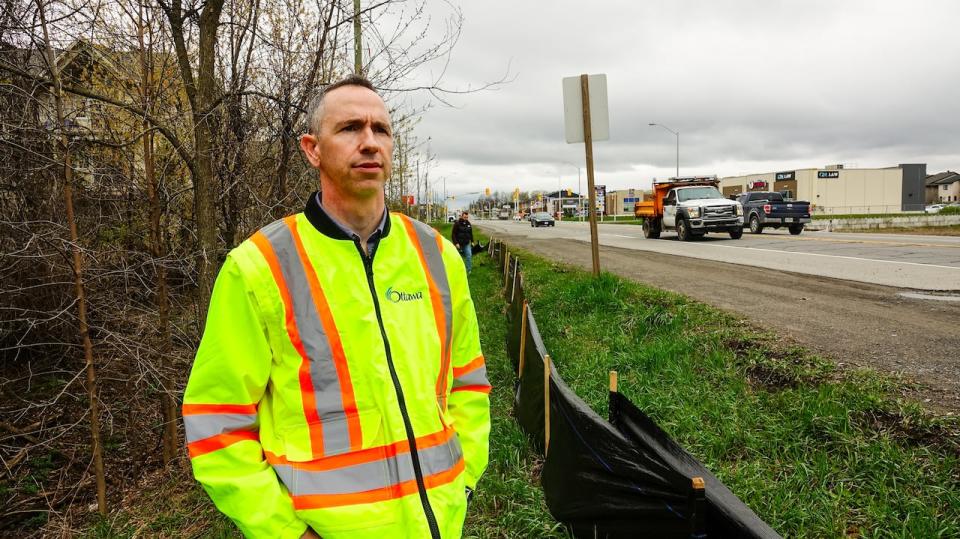Protections slated for Bank Street widening decades too late, says naturalist

People who live and work in Ottawa's south end are bracing for a major road construction project that will close Bank Street through the Findlay Creek area for at least six months this year.
The City of Ottawa will close the road so that Bank can be widened from two to four lanes from south of Leitrim Road to south of Blais Road.
Crews will need to excavate to a depth of seven metres so that water and sewer lines can run beneath the street.
It's work that will take place in what was once a provincially significant wetland, and will require the removal of fish from Findlay Creek and the management of a panoply of protected species.
But even ecologists who pushed back in the 1990s against proposed development on what's been called an "ancient, ecological time capsule" say this latest $50-million dollar dig can't do any more harm than what's already been done.
"There's nothing left. It's been transformed from any shred of naturalness," said Dan Brunton, a widely-published naturalist who worked as an independent ecological consultant for 40 years.
Much of Brunton's career was spent creating impact assessments around proposals to build thousands of homes on a marshy greenspace south of the Ottawa airport called the Leitrim Wetlands.
Wetland since the glaciers retreated, and deeply layered with ancient peat, the rare and tightly balanced ecosystem has been called an "irreplaceable time capsule" by Brunton and others.
The Sierra Club, Greenspace Alliance and the Canadian Wildlife Service all advocated against the plan for years. Eventually, the former City of Gloucester and then Ottawa signed off on a plan to drain a portion of the wetland and build a massive development.
Today, some 15,000 people live in about 5,000 houses there.
"I would argue it destroyed the northern half of the wetland," said Brunton from his home, where he maintains Canada's largest private collection of preserved plants.
"The vegetation and the ... tightly-balanced systems on the north side simply died out. Now they're replaced by really common plants and invasive stuff."

Dan Brunton leafs through a folio of plant clippings, part of the herbarium he keeps at his Ottawa home. Brunton says much of the ecologically sensitive area was already irreversibly disturbed when the subdivision was first built. (Stu Mills/CBC)
Creek fish 'will do quite well'
During this summer's work, the eponymous stream for which the Findlay Creek subdivision is named will be temporarily drained so that a new, bigger and deeper concrete culvert can be installed.
There are no fish species left in Findlay Creek that are much bigger than 10 centimetres, said Carleton University biologist Steven Cooke.
Even if they're stunned with electricity, lifted out of the water in nets and relocated, the fish "will do quite well," Cooke said.
Stephen Gallagher, the city project manager steering the widening project, said the culvert replacement alone will take two months.
"We're expecting significant amounts of water to come into this excavation here. So it's a big undertaking," he said.

Stephen Gallagher is the senior project manager on the Bank Street widening project. He says all site supervisors will be trained to identify at-risk species. (Stu Mills/CBC)
Training to ID species at risk
With its appendices about barn swallows, butternut trees, ribbon snakes and other at-risk species, the city's official request for tender document for the project runs 280 pages.
"It's important to note that all the site supervisors will be trained for species-at-risk identification," said Gallagher. The impact should be minimal, he added, given how little vegetation now lines Bank Street through the busy commercial corridor.
Still, upon arrival each morning, the supervisor is expected to scan the jobsite for interloping turtles or errant snakes before any equipment is started, Gallagher said.
As for the echo of environmental sensitivity now sounding again through the former wetland where ecologically-minded people campaigned a generation earlier, Brunton is unimpressed.
"It doesn't sound terrible," said Brunton. "Only in the sense that the damage has been done."

 Yahoo News
Yahoo News 
